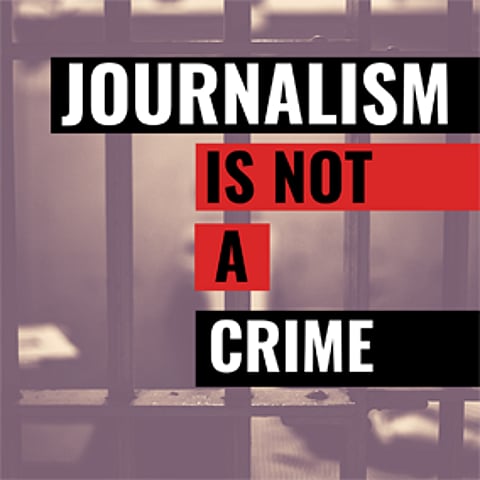Special Packages
Journalists On Trial
A SAMDEN-Himal initiative to track legal attacks on journalists and media groups in Southasia.
On the occasion of World Press Freedom Day on 3 May, South Asia Media Defenders Network (SAMDEN) and Himal Southasian present #JournalistsOnTrial – a collaborative effort to document legal attacks against journalists across the region, starting with Bangladesh, India, Nepal, Pakistan and Sri Lanka.
Violence and physical reprisals against journalists and media organisations working in Southasia are not new. Neither are the instances of intimidation by the state and imprisonment of journalists. However, what is increasingly becoming common, and yet not adequately reported and documented, are the legal and bureaucratic tools used to silence journalistic voices.

